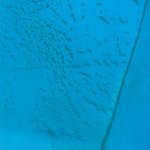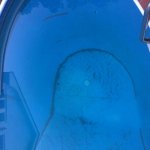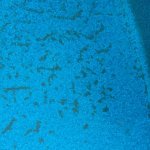There is an algae/dust/powder substance at the bottom of my pool (see pics). I've brushed the entire pool several times. The substance dissolves into the water as soon as the brush hits it. The water is clean before I start brushing, but becomes cloudy and green after off all the substance has been brushed from the bottom? Any ideas? It seems to be getting worse.
I apologize for not having my chemicals listed. I've ordered the TF100 kit and it should arrive Monday. Thanks for any insight.
I apologize for not having my chemicals listed. I've ordered the TF100 kit and it should arrive Monday. Thanks for any insight.





